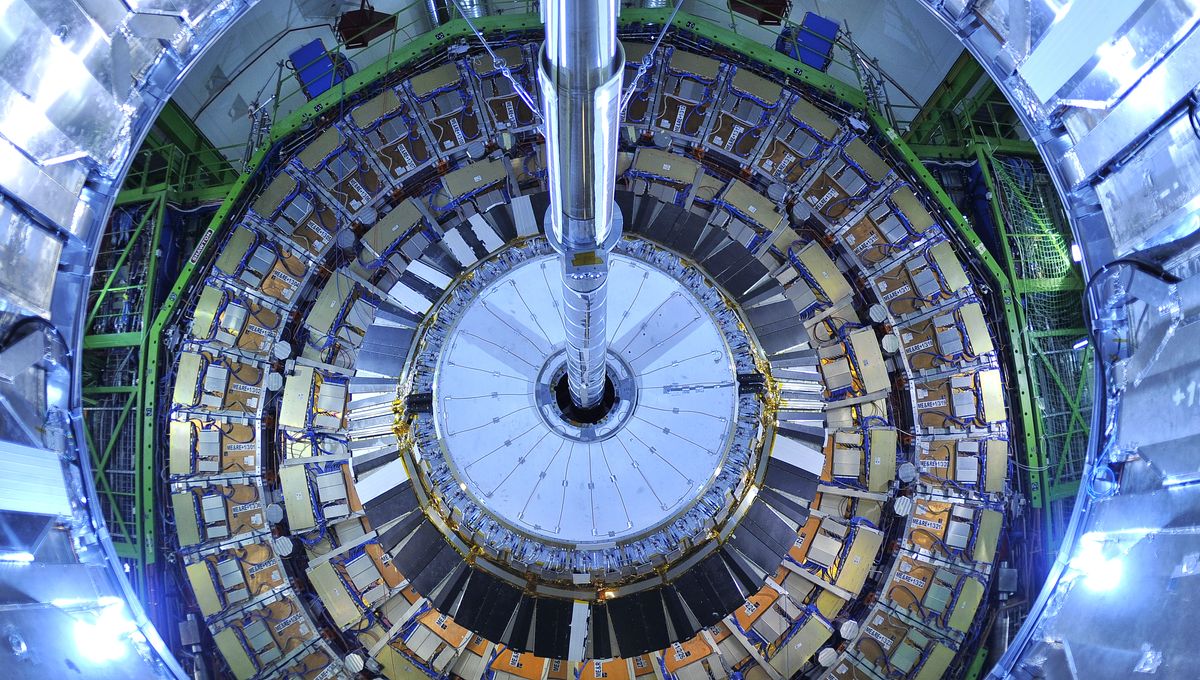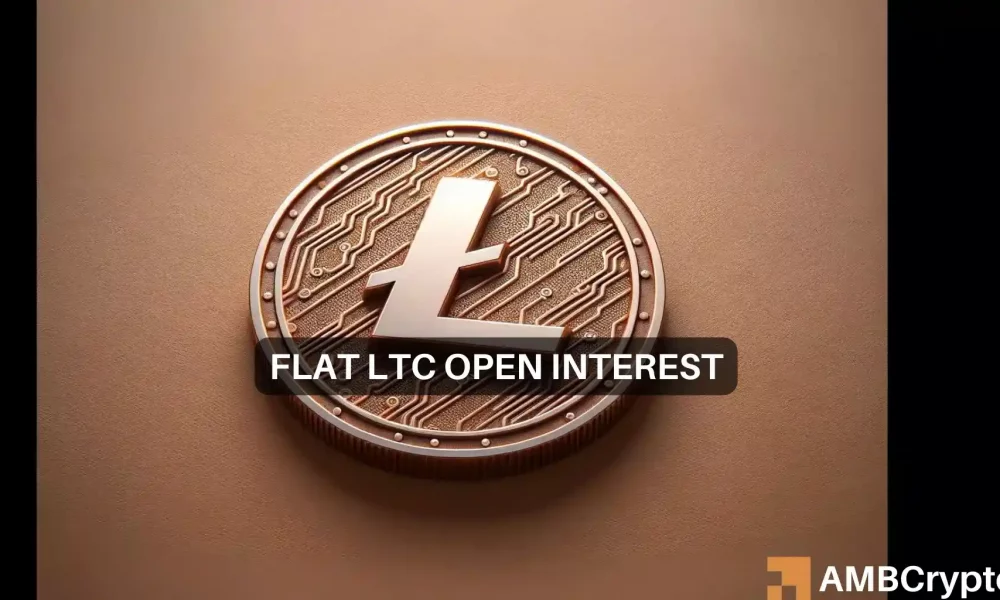Two preprint papers from a large team of experimenters report that they failed to find the long-sought magnetic monopoles, north or south magnetic poles without partners – but they also claim to be getting close, narrowing the window of where they might be found.
The preprints, which are yet to pass peer review, even tested the idea we might have made magnetic monopoles years ago and failed to check equipment where they might have survived.
One of the first lessons in physics most of us get is that magnets always have two opposite poles, which we call north and south. Slice a bar magnet in two and new poles will appear near the break so that each smaller magnet continues to have one of each pole. Given a sufficiently brittle magnet, this is something you can test yourself. While you’re at it, why not check more recent claims about magnets and ponder the trustworthiness of the source.
Yet, since the 19th century, scientists have wondered whether there was a way a single magnetic pole (known as a monopole) could exist in isolation from its counterpart. After all, positive and negative electric charges don’t need their opposite to be present.
James Clerk Maxwell, one of the founders of magnetic theory, thought he had killed off the idea for good, but decades later Paul Dirac brought it back, showing monopoles’ existence could explain why electric charge is quantized. If so, magnetic charge should also be quantized, made of building blocks of 2πℏ/e, known as the Dirac charge, equal to 68.5 times the charge on the electron. Theoreticians have grown increasingly confident about the idea ever since, but experimentalists have not been able to find the proof.
Indeed, the theory of monopoles is so developed that physicists now overwhelmingly agree they probably exist. We’ve even seen signs of them in circumstances very different from the ones CERN is chasing, but confirmation of subatomic magnetic monopoles remains elusive.
Most theories of magnetic monopoles require them to not violate laws of symmetry. Consequently, there could not be an excess of north or south poles in the universe – there must be equal numbers of both, but unlike known magnetic poles they don’t need to be attached.
The MoEDAL experiment at the Large Hadron Collider, but according to one theory the magnetic monopoles it seeks could have been left behind in an abandoned beamline
Image Credit: CERN
The Monopole and Exotics Detector (MoEDAL) collaboration has been using Large Hadron Collider (LHC) particle annihilations in the quest to find magnetic monopoles since 2012.
There are multiple paths by which it is thought monopoles might be made. In one recent study, MoEDAL scientists sought signs of monopole production from virtual photons. Another idea that sounds like fantasy to non-scientists, but is essential to our models of physics, virtual photons carry the electromagnetic force between two charge carriers, but do not exist as free particles.
Virtual photons can be created by smashing particles together at high speeds, among other methods. Theoretical physicists have proposed two ways these could then produce magnetic monopoles. One involves the fusion of two virtual photons, the other, known as the Drell-Yan process, would manage to produce a monopole from a single virtual photon.
Although we might expect the best way to find a magnetic monopole is through its magnetic field, that’s not necessarily the case. One of the essential features of theoretical monopoles is that they carry a great deal of charge. The discovery of such a High Electric Charge Object (HECO) would indicate the existence of physics outside the standard model. More specifically, it would be a big clue to lurking monopoles, although other exotic objects such as microscopic black hole remnants might also be responsible.
“MoEDAL’s search reach for both monopoles and HECOs allows the collaboration to survey a huge swathe of the theoretical ‘discovery space’ for these hypothetical particles,” MoEDAL spokesperson James Pinfold said in a statement.
In the first preprint, members of the MoEDAL team place lower limits on the mass a monopole might have, which they write are “by far the strongest published to date.” In doing so, they claim to have exceeded the much larger ATLAS experiment that used the LHC for the same purpose.
The second preprint describes a different monopole search, which looks for those created by the theoretical Schwinger mechanism when ions of heavy elements were smashed together during the LHC’s first run. The Schwinger mechanism proposes that sufficiently strong electric or magnetic fields could create particles out of a vacuum. “If monopoles are composite particles, this and our previous Schwinger-monopole search may have been the first-ever chances to observe them,” Pinfold said.
The search tested the idea that monopoles may have been created during the run and landed up trapped and overlooked in a decommissioned section of the collider ever since. None were found, but in the process the authors were able to conclude it takes a lot of energy to make a magnetic monopole, stating with 95 percent confidence they must have masses of more than 80 billion electron volts.
This won’t surprise many theoretical physicists. Magnetic monopoles are key to a number of attempts at Grand Unified Theories that seek to unite quantum mechanics with gravity. These tend to predict very large masses, of the order of trillions of electron volts, and require minimum charges two or three times the Dirac charge.

Dr. Thomas Hughes is a UK-based scientist and science communicator who makes complex topics accessible to readers. His articles explore breakthroughs in various scientific disciplines, from space exploration to cutting-edge research.








